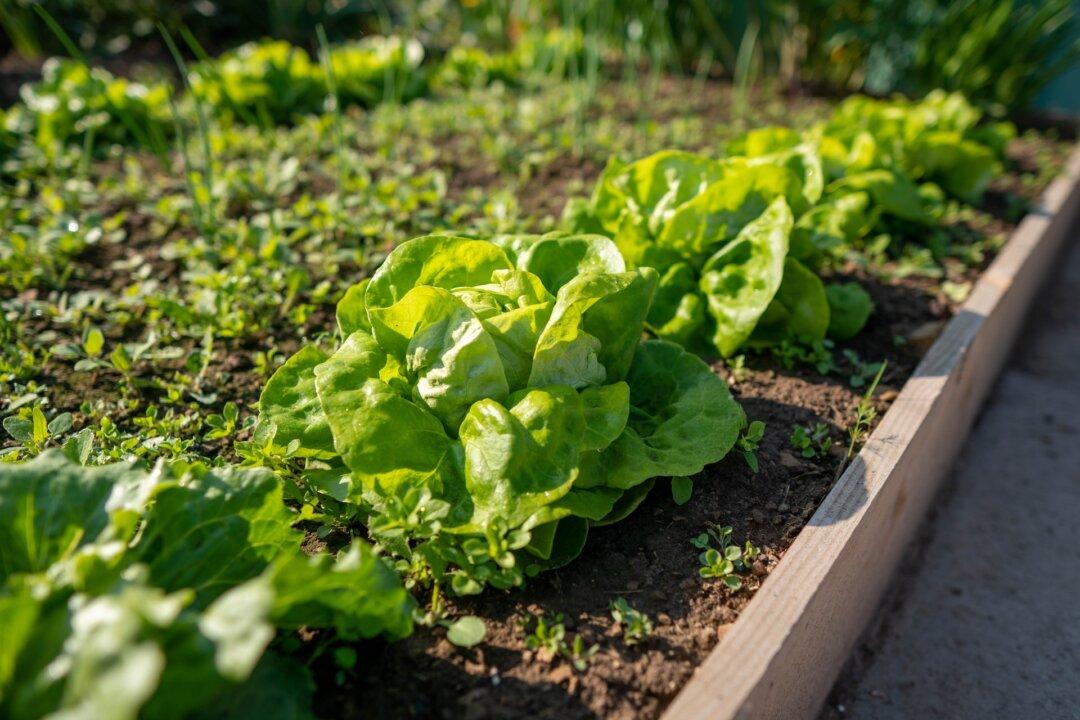Eat your greens! Our mothers were right. Lettuce, spinach, arugula, Swiss chard, kale, and other leafy delights are an important part of a healthy diet. Sadly, they are a nutritional component that is often found lacking.
Grabbing a bag of mixed salad or head of lettuce at the grocery store is easy, but forget it in the crisper, and it’s soon a suspicious, mushy mess that looks more like a kid’s science experiment than anything that was once edible. The solution is to grow your own.





